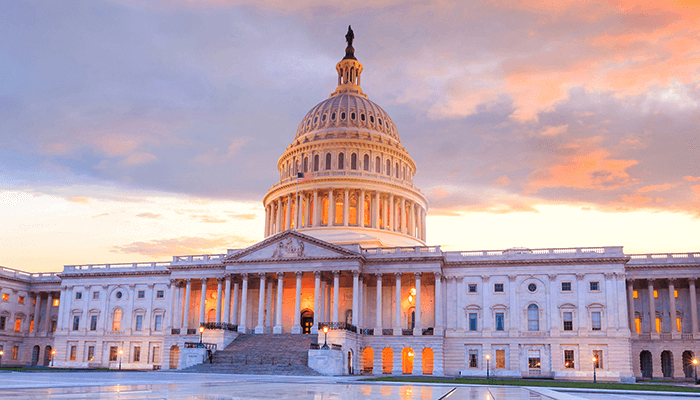New CBO Reports on Health Care Reform
July 27 - This weekend, the Congressional Budget Office (CBO) released two very significant reports, Additional Information Regarding the Effects of Specifications in the America's Affordable Health Choices Act Pertaining to Health Insurance Coverage, and "Approaches for Giving the President Broad Authority to Change Medicare.
The first report followed up on CBO's Preliminary Analysis of the America's Affordable Health Choices Act by offering more details on the bill's impact in a number of areas. While there were uncertainties in many categories, among their major expectations were:
- On Coverage: The number of individuals insured through their employers would not change much, on net. However, Medicaid and SCHIP would take on as many as 11 million new enrollees, and the new health exchanges as many as 30 million (although it is not clear how many would enroll in the public plan). On net, the CBO projects the number of uninsured to drop from a high of 52 million in 2012 to 17 million in 2019 (as opposed to 54 million projected under current law).
- On Private Health Care Costs: The effect of the legislation on private-sector health insurance premiums is uncertain, but likely modest over the short term. The effects of risk pooling, cost-shifting, and payment method reforms can all work to increase as well as decrease private premiums, with the net impact still unknown.
- On the Labor Market: The legislation would likely reduce employment somewhat, for three main reasons: the tax/mandate on employers might pressure employers to eliminate workers (especially low wage ones) for whom they would incur increased expenses ;the means-tested nature of the subsidies will create a disincentive on higher earnings, especially through more hours of work, and finally, the increased availability of non-employer provided health insurance will allow some individuals to retire earlier or remain unemployed for longer.
- On Long-Term Costs: Although CBO does not formally estimate costs beyond the 10-year budget window, they do look at the relative growth of costs and offsets. Subsidy costs, they predict, would tend to grow in line with health care costs - well faster than the economy. Offsets on the tax side would grow substantially slower; and although a number of the spending cuts would also grow with health care costs, they are too small in size to finance growing costs. Overall, the CBO concludes. "the proposal would probably generate substantial increases in federal budget deficits during the decade beyond the current 10-year budget window."
The second report analyzed the potential impact of a plan to create an Independent Medicare Advisory Council (IMAC) to make recommendation to reform Medicare payments, which the President could then enact unless overridden by Congress.
In our own analysis of the proposal, CRFB came out strongly in favor of such a policy, arguing that "Proposals to empower an outside body with making recommendations for cost savings could help reduce political pressures surrounding some of the difficult and controversial health care and Medicare reforms ahead. This, in turn, could lead to both larger and more rational cost-reducing policies - policies which are absolutely necessary to ensure the country's long-term fiscal sustainability."
The CBO has estimated that the proposal, if added to the American's Affordable Health Choices Act, would yield savings of $2 billion between 2016 and 2019 (spending reductions could first go into effect in 2016). The small size of this number in part reflects the high level of uncertainty regarding what the council might recommend (including the possibility no savings will be realized) and, in part, reflects the reality that the America's Affordable Health Choices Act already contains considerable Medicare payment reductions, making further reductions less likely.
CBO suggests that, "looking beyond the 10-year budget window... this proposal would generate larger but still modest savings on the same probabilistic basis." Over the weekend, OMB Director Peter Orszag argued that "the point of the proposal... was never to generate savings over the next decade.... Instead, the goal is to provide a mechanism for improving quality of care for beneficiaries and reducing costs over the long term. In other words... the IMAC is a game changer not a scoreable offset."
CBO also offered several options which could increase the amount of savings the IMAC proposal could produce. Among them included:
- Set cost reductions goals for the council.
- Create a fall-back mechanism (such as across-the-board payment cuts) if goals are not met
- Expand the council's authority to "recommend broad changes in coverage, benefit design, and payment and delivery systems," to address other government health care programs, and/or to address the broader health care system.
- Provide the council with resources to "develop and test ideas for cost reduction."
The CBO concluded that:
"If the legislation were to provide IMAC with broad authority, establish ambitious but feasible savings targets, and create a clear fall-back mechanism for instituting across-the-board reductions in net Medicare outlays, CBO believes the council would identify steps that could eventually achieve annual savings equal to several percent of Medicare spending."


